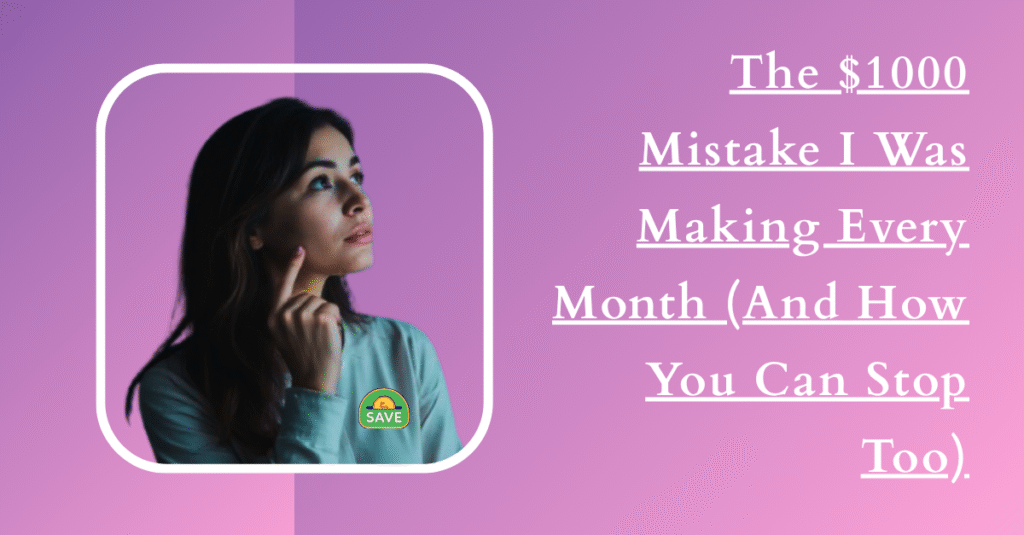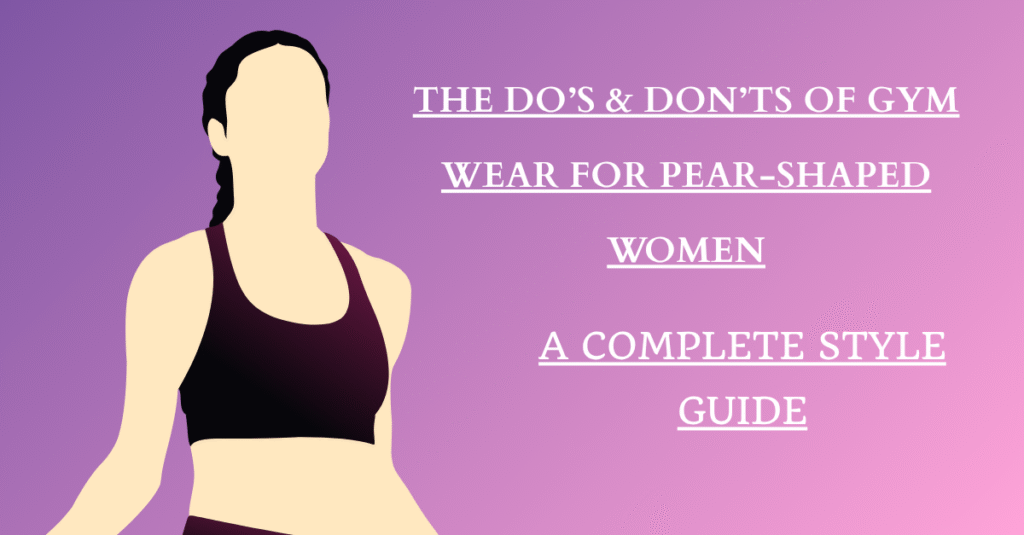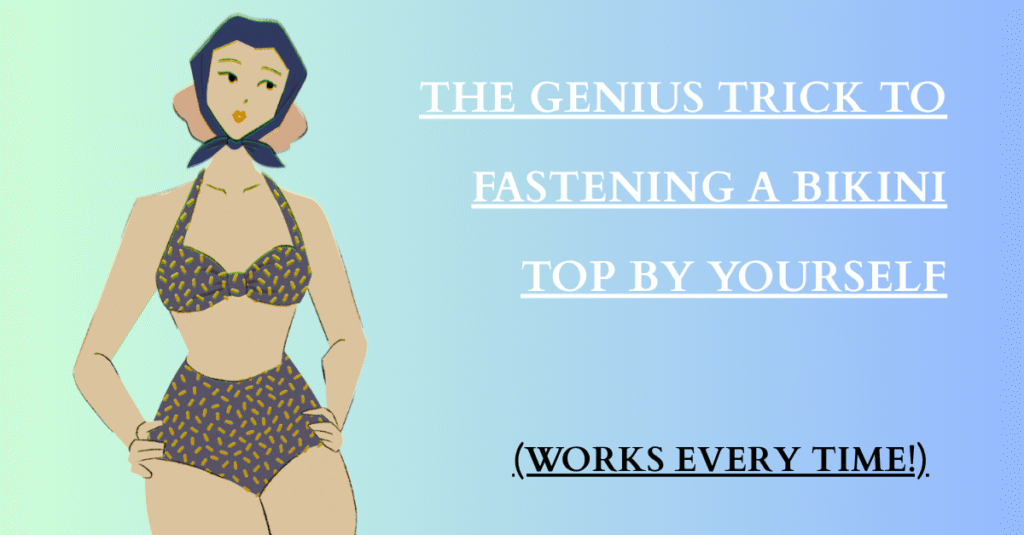The $1000 Mistake I Was Making Every Month (And How You Can Stop Too)
I used to consider myself a savvy shopper. My browser was a garden of open tabs, blooming with promo codes and limited-time offers. My hobby wasn’t collecting stamps or learning a language; it was hunting for deals. A cute top for 40% off? Added to cart. A dress that was “almost” what I was looking for, but the price was right? Checkout. I’d tally the discounts, feeling a rush of dopamine, a sense of victory. I was saving money, or so I told myself.
But my closet told a different story. It was a chaotic archive of “almosts” and “maybes.” Garments with tags still dangling like guilty consciences, shoes worn once that promised a blister by the second outing, and impulse buys that felt cheap the moment the high of the purchase faded.
The wake-up call came on a rainy Sunday. I decided to finally confront the chaos and pulled everything out of my closet. As I sat on the floor, surrounded by a mountain of fabric and regret, I did something I’d been avoiding for years: I opened my bank and credit card statements from the last three months and added it all up.
The number on the screen made my stomach drop.
It wasn’t just a bad month; it was a pattern. Between fast-fashion hauls, “elevated basics” that weren’t basic, and the constant drip-feed of online ads, I had spent an average of over $1000 per month on clothes. For a whole year. That’s more than a down payment on a car. That’s a life-changing vacation. That was my financial future, hanging in a closet I hated.
The real mistake wasn’t the spending itself; it was the mindless, emotional cycle I was trapped in. I was shopping out of boredom, for a quick mood boost, or to solve a problem that clothes could never fix. I was making a $1000 mistake, month after month.
But here’s the good news: I broke the cycle. And if you see even a sliver of your own habits in my story, you can too. Here’s exactly how I stopped the bleed and learned to love my wardrobe—and my bank account—again.
The Realization: You’re Not Shopping, You’re Self-Soothing
Before we can fix the problem, we have to name it. For me, shopping was a form of therapy. A bad day at work was soothed by a new dress. A boring Tuesday was spiced up by a package arriving at my door. I was using retail therapy to fill an emotional void, and it was a bottomless pit.
Ask yourself these questions:
-
Do you often shop when you feel stressed, sad, or bored?
-
Do you feel a genuine “high” when you click “purchase,” followed by a slump later?
-
Do you buy things you don’t need or even particularly love, just because they’re on sale?
-
Do you hide shopping bags or packages from your partner or family?
If you answered yes, you’re not a shopaholic; you’re a human being in a world designed to make you consume. Recognizing this pattern is the first and most crucial step toward breaking it.
The Reset: My 30-Day “No-Spend” Detox
I knew a budget wouldn’t stick until I reset my habits. I needed a hard reset. I committed to a 30-day period where I would buy zero clothing, shoes, or accessories. No exceptions for “good deals” or “necessities.”
This wasn’t about deprivation; it was about liberation. Here’s the actionable plan I followed, and you can too:
Phase 1: The Pre-Game (Days 1-3)
-
The Closet Autopsy: I took every single item out of my closet, drawers, and storage. I created three piles: Love & Wear, Mend/Alter, and Donate/Sell. This wasn’t a quick tidy; it was a forensic audit of my spending. Seeing the physical evidence of my $1000-a-month habit was shocking but necessary motivation.
-
The Digital Cleanse: I unsubscribed from every single brand newsletter. I deleted shopping apps from my phone. I unfollowed Instagram accounts whose sole purpose was to make me feel like I needed something new. You can’t be tempted by a sale you don’t know exists.
-
The “Loved List”: I started a notes app list titled “Future Purchases.” Every time I felt an urge to shop, I opened the list and wrote down the item I was craving. This simple act of acknowledging the want, without acting on it, was incredibly powerful.
Phase 2: The Active Detox (The Full 30 Days)
This is where the real work happens. The urges will come. Here’s what to do instead of shopping:
-
“Shop” Your Own Closet: Once I had only my “Love & Wear” and freshly mended items left, my closet felt new. I challenged myself to create new outfits from existing pieces. I’d pair a blouse I never wore with a favorite skirt, or style a scarf in a new way. I took photos of my favorite combinations, creating a “lookbook” I could reference on mornings I felt I had “nothing to wear.”
-
Learn a New Skill: I used the time I would have spent scrolling and shopping to learn basic clothing repair. I sewed on missing buttons, took in a dress that was too big, and learned how to properly care for my sweaters. Investing time in my clothes made me value them more.
-
Identify Your Triggers: I noticed my strongest urges to shop came on Sunday evenings, dreading the week ahead. Instead of opening a shopping app, I started planning my week, reading a book, or calling a friend. Replace the habit, don’t just resist it.
The Aftermath: How to Shop Mindfully Forever
After the 30 days, I didn’t rush out and buy everything on my “Loved List.” Instead, I had developed a new lens for shopping. The detox had given me the clarity to build sustainable, mindful habits.
1. The 24-Hour Rule
For any non-essential item, I implement a mandatory 24-hour waiting period. If I see a sweater I like, I save it to a “Wish List” folder and walk away. Ninety percent of the time, I forget about it or realize I don’t actually need it. This single practice has saved me more money than any budget ever could.
2. The Cost-Per-Wear Mantra
I stopped looking at a price tag and started calculating Cost-Per-Wear (CPW). A $200 pair of boots I’ll wear 100 times a year for three years has a CPW of about $0.66. A $50 “trendy” top I wear twice has a CPW of $25. This mindset shift pushes you toward quality, versatile pieces you truly love and away from cheap, disposable fashion.
3. The One-In, One-Out Policy
To prevent closet creep, I now live by this simple rule. If I bring a new sweater in, an old one has to go. This forces me to be intentional about every purchase and critically evaluate what I already own. Does this new item earn its place?
4. Allocate a Conscious Clothing Budget
Now, I have a realistic, monthly line item in my budget for clothing. It’s not $1000; it’s a modest, intentional amount. If I don’t spend it, it rolls over. This turns shopping from a guilty pleasure into a planned, financial decision, no different than budgeting for groceries or savings.
Your $1000 is Waiting (The $1000 Mistake I Was Making Every Month (And How You Can Stop Too)
That $1000-a-month mistake wasn’t a financial failure; it was a habit failure. By stepping off the hamster wheel of constant consumption, I didn’t just save money. I gained peace of mind, a closet I genuinely love getting dressed from, and the profound realization that my worth was never in a label or a new trend.
The money I saved? It’s now sitting in a high-yield savings account, earmarked for a trip to Japan. Every time I look at that balance, I don’t feel a pang of deprivation. I feel a surge of freedom.
Your journey won’t look exactly like mine, but the outcome can be the same: more money, less clutter, and a healthier relationship with consumption. Your $1000-a-month mistake ends the moment you decide to stop making it. Your future self—and your future bank account—will thank you.
Ready to start? Your first step is simple: Open your closet door and really look inside. The path to saving your first $1000 begins right there.
“Hope you enjoyed my article — The $1000 Mistake I Was Making Every Month (And How You Can Stop Too).
Got questions? Slide into my DMs!”
Read More: How Fast Fashion Brainwashed Us Into Buying More

My name is Rohit Vagh and I’m a content writer specializing in fashion and lifestyle. I have three years of experience in this field and have written various articles. My writing style is creative and engaging, and I strive to create content that resonates with my readers. I have a deep passion for fashion and am constantly researching the latest trends and styles to make sure my readers are up to date. I’m excited to continue my career in blogging, and I’m always looking for new opportunities in the fashion and lifestyle space.






I just like the helpful information you provide in your articles